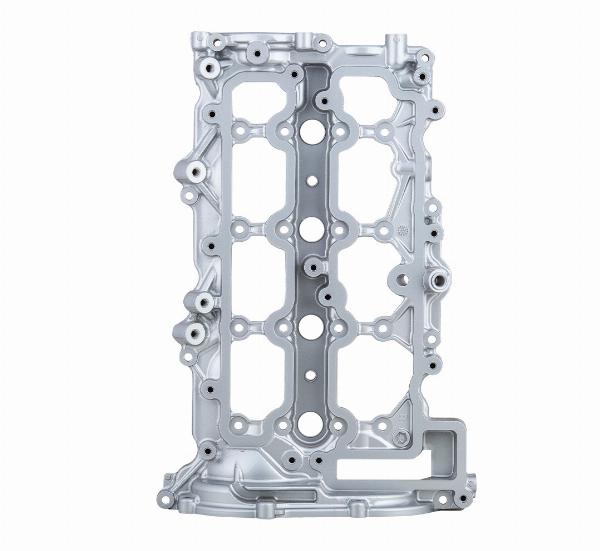Quality Control in Aluminium Die Casting: Ensuring Excellence

Strong 8k brings an ultra-HD IPTV experience to your living room and your pocket.
In the world of manufacturing, particularly in industries that rely heavily on precision and durability, maintaining high standards of quality is crucial. Aluminium die casting, a process widely used to produce intricate and complex metal parts, is no exception. Ensuring quality in aluminium die casting is essential not only for the performance and longevity of the parts produced but also for the overall success of the manufacturing process. Let's explore the key aspects of quality control in aluminium die casting and how these measures help in achieving excellence.
The Importance of Quality in Aluminium Die Casting
Aluminum die casting involves injecting molten aluminum into a steel mold under high pressure. This process allows manufacturers to create parts with tight tolerances, complex geometries, and excellent surface finishes. However, due to the complexity of the process, there are several potential sources of defects that can impact the final product. These defects can range from minor surface imperfections to critical structural issues that compromise the part's functionality.
Process Control: The Foundation of Quality
One of the most effective ways to ensure quality in aluminium die casting is through process control. Process control involves closely monitoring and regulating various parameters during the die-casting process to ensure consistency and precision. These parameters include temperature, pressure, cooling rates, and the composition of the aluminum alloy.
For instance, maintaining the correct temperature of the molten aluminum is crucial. If the temperature is too high, it can cause the aluminium to react with the die, leading to defects like gas porosity or surface imperfections. On the other hand, if the temperature is too low, the metal may not flow properly into the mold, resulting in incomplete or weak parts. By continuously monitoring and adjusting the temperature, manufacturers can prevent these issues and produce high-quality parts.
Inspection and Testing: Catching Defects Early
While process control is essential for preventing defects, inspection and testing are critical for detecting any issues that may arise during production. In aluminium die casting, various inspection and testing methods are employed to ensure that each part meets the desired quality standards.
To identify internal defects, non-destructive testing (NDT) methods are used. Techniques such as X-ray inspection and ultrasonic testing allow manufacturers to examine the internal structure of the cast parts without damaging them. These methods are particularly useful for detecting hidden defects like internal voids, inclusions, or improper material distribution. By catching these defects early, manufacturers can prevent defective parts from reaching the customer.
In addition to visual and non-destructive testing, mechanical testing is also an essential part of quality control. Mechanical tests, such as tensile testing, hardness testing, and impact testing, evaluate the strength, durability, and other critical properties of the cast parts. These tests ensure that the parts can withstand the intended loads and conditions without failing.
Continuous Improvement: Adapting and Evolving
Quality control in aluminium die casting is not a static process. As technology advances and customer demands evolve, manufacturers must continuously improve their quality control methods to stay competitive. This involves not only adopting new technologies and techniques but also analyzing data from the production process to identify trends and areas for improvement.
Moreover, continuous improvement also involves training and empowering employees to play an active role in quality control. By fostering a culture of quality and encouraging employees to identify and address potential issues, manufacturers can create a more responsive and adaptable production environment.
Conclusion
Quality control in aluminium die casting is a multifaceted process that requires careful attention to detail, continuous monitoring, and a commitment to excellence. By implementing robust process control measures, conducting thorough inspections and tests, and embracing continuous improvement, manufacturers can produce high-quality parts that meet the demands of even the most challenging applications.
Note: IndiBlogHub features both user-submitted and editorial content. We do not verify third-party contributions. Read our Disclaimer and Privacy Policyfor details.


